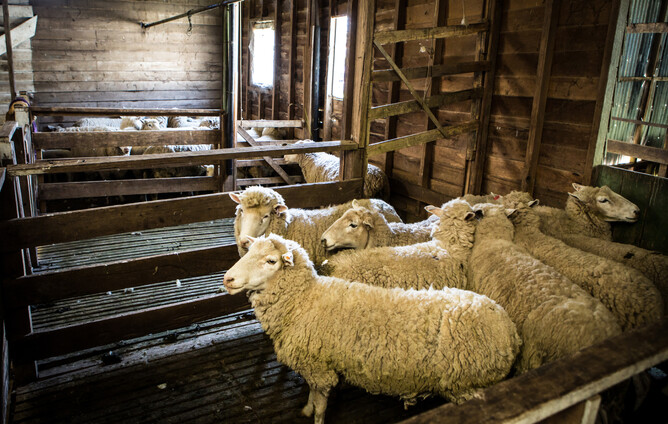Let’s start this on a cheesy note...
What did the cheese say when it looked in the mirror? Halloumi!
Cheesy gland (also called caseous lymphadenitis or lympho) is a chronic disease in sheep and goats caused by Corynebacterium pseudotuberculosis.
Why is it important to be aware of?
Cheesy gland is insidious, usually noticed only when it’s well-established, and difficult to eradicate from contaminated environments (it can survive up to eight months on shearing shed floors and in holding yards). It’s hard to treat, highly contagious, and heavy on the wallet from carcass condemnations, ill-thrift and poor fertility.
What does it look like?
Infected animals form abscesses, which pop up wherever lymph nodes are, such as on the jaw angle, in front of the shoulder, or at the flank fold. These abscesses rupture and ooze yellow/green pus – hence the name ‘cheesy gland’. These infections can also spread to lungs and other organs.
How does it spread?
Shearing and dipping poses the greatest risk for cheesy gland to spread, as infected animals will contaminate equipment and dip. Transmission can occur through direct contact, as well as inhalation or ingestion of the pus or bacteria. If an animal’s skin gets nicked during shearing or by hazards in the shed or yards, the spread of bacteria will be even more likely.
The disease is often seen in older stock, simply because they will have had more opportunities to contract it. However, it can start showing up in lambs in heavily contaminated environments.
How can I control the disease?
Isolate and cull infected animals.
Never lance abscesses as this will increase environmental contamination!
Disinfect shears, ear tag applicators, etc. regularly.
Remove environmental hazards that can cause skin injuries.
Do young animals first when shearing or dipping, and move them out of the yards as soon as possible.
Quarantine new stock.
Consider vaccinating with Ultravac 5in1 or Eweguard.
Get in touch for help if you have cases of cheesy gland – as this is not the cheese you want on your plate!

